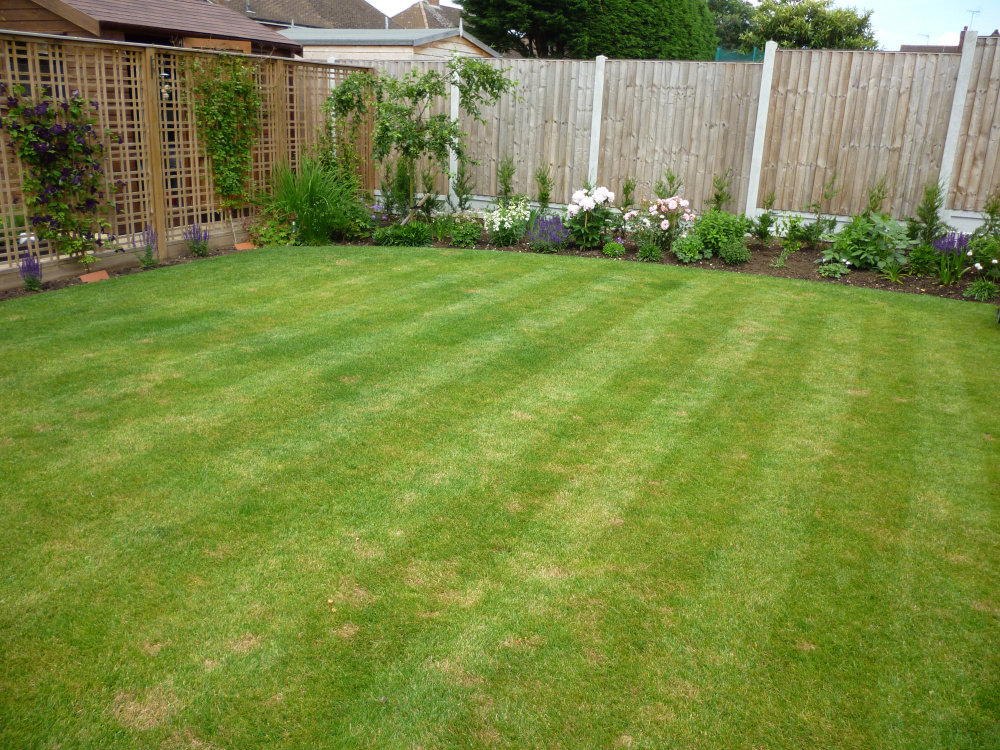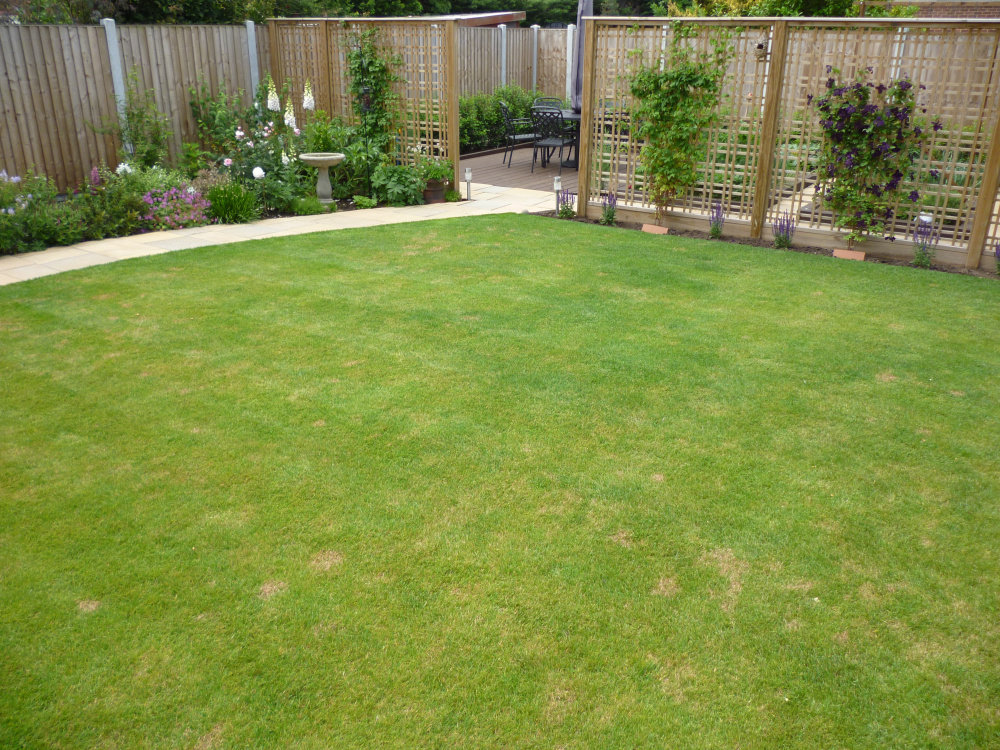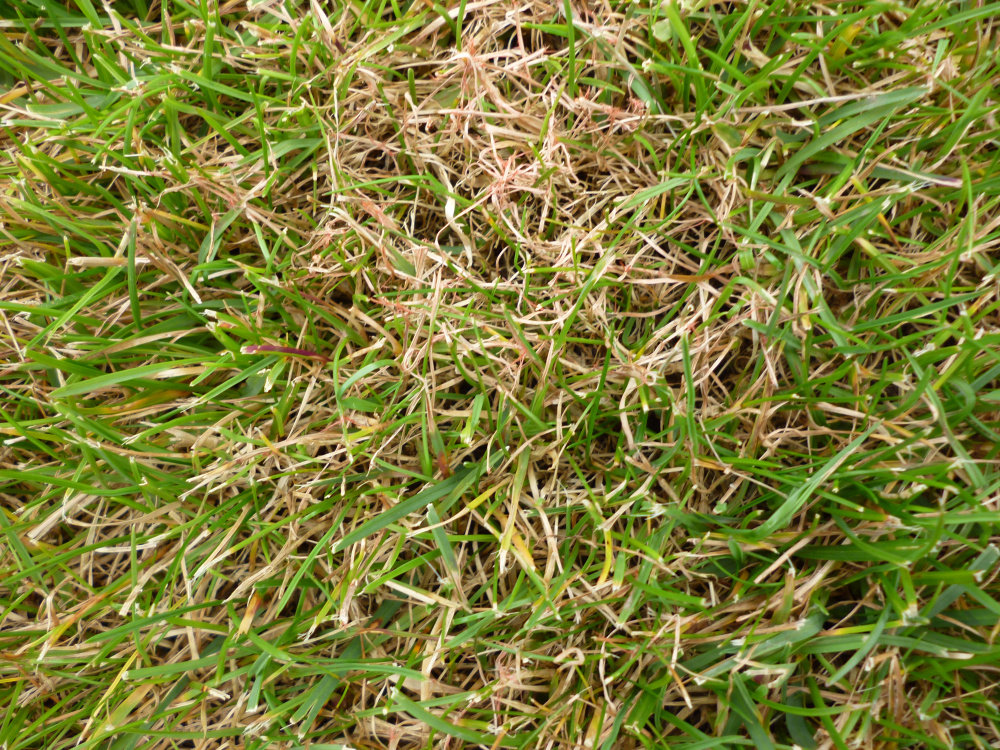This Forum will close on Wednesday 27 March, 2024. Please refer to the announcement on the Discussions page for further detail.
Whats wrong with my lawn?
Gutted my garden when I moved in 2 years ago and started from scratch everything is new and laid the lawn last year looked great everything prepared correctly. This year it seemed fine until about 3 weeks ago when these patches started appearing along with lots of mushrooms. I wondered if it could be red or pink thread? If it is I have read that I need to give it plenty of nitrogen can anyone tell me how I do that please.





0
Posts
Depending on your soil underneath, you will need to spike the lawn in the autumn time to ensure good drainage. If there is no rain for long periods, avoid cutting the grass so low. Allows time for your grass to recover. Nitrogen feeds are available in many good garden centres.
A long term solution is then to spike your lawn at frequent intervals with the prongs of your garden fork, pushing them in as deep as you can and wiggling back and forth to open up the holes. Then you brush in dry, sharp sand (not builders' sand) to keep the holes open and thus improve drainage. Raise the blades on your mower for the rest of this summer as the longer leaves will feed the roots better and make them stronger while the grass recovers.
This is what the RHS says about symptoms and control - https://www.rhs.org.uk/advice/profile?pid=268
@glasgowdan is very experienced with lawns ... hopefully he’ll see this query and have some suggestions.
Gardening in Central Norfolk on improved gritty moraine over chalk ... free-draining.
Cut as normal after a week. A few nice low cuts would be good before raising the height again. Water well if the weather gets dry, a heavy watering every few days.
It'll go away over time so don't worry